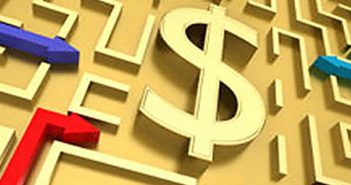
According to the report titled “The Herald of a New Chapter: Student Accommodation in India”, the Student Housing/Co-Living space is expected to witness an investment worth USD 700 million and an addition of 0.6 million beds by 2023 across the country. The Student Housing segment is witnessing rapid growth across all the major markets in the country and expected to witness a growth of 36 percent between 2019 to 2023.










